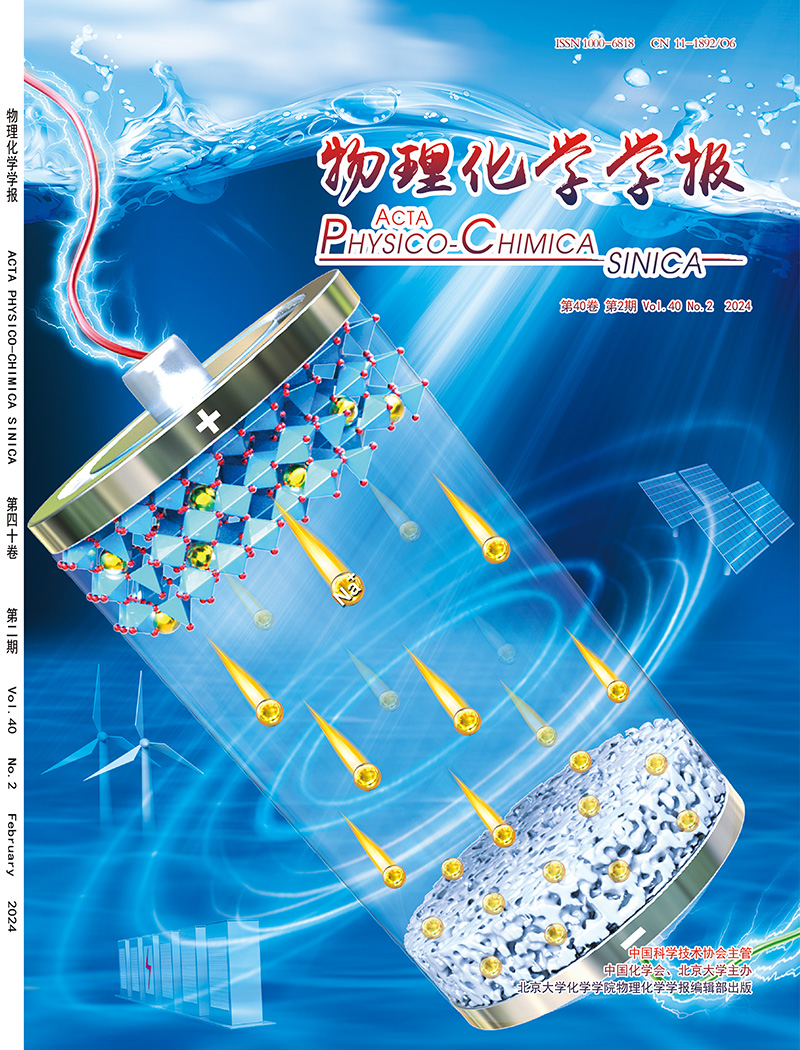Enhanced sodium storage performance of asphalt-derived hard carbon through intramolecular oxidation for high-performance sodium-ion batteries
IF 13.5
2区 化学
Q1 CHEMISTRY, PHYSICAL
引用次数: 0
Abstract
The development of high-performance and low-cost hard carbon plays a crucial role in the commercialization of sodium-ion batteries (SIBs). Asphalt is considered a suitable hard carbon precursor due to its wide distribution, abundance, and cost-effectiveness. However, its low capacity and poor electrochemical reaction kinetics limit its further application. Herein, we have successfully synthesized asphalt-based hard carbon nanosheets through a process of intramolecular oxidation, facilitated by the synergistic action of mixed acids. The introduction of sulfuric acid plays a crucial role in expanding the tightly packed asphalt molecules, which in turn allows for the intramolecular oxidation of asphalt molecules by nitric acid. This oxidation process effectively introduces oxygen-containing functional groups (OFGs), leading to an increase in interlayer spacing and the formation of a more nanoporous structure, resulting in both enhanced capacity and improved rate performance. The optimized asphalt-based hard carbon boosts reversible capacity from 115.0 to 304.4 mAh∙g−1 at 0.03 A g−1, and the plateau capacity is increased by 5.5 times. This work provides a profound understanding of the impact of liquid-phase acid oxidation on the structure and composition of sodium-storage hard carbon, and further unveils an effective method for obtaining low-cost and high-performance asphalt-based hard carbon.

通过分子内氧化提高高性能钠离子电池用沥青衍生硬碳的储钠性能
高性能、低成本硬碳材料的开发对钠离子电池的商业化至关重要。沥青被认为是一种合适的硬碳前驱体,因为它分布广泛,储量丰富,成本效益高。但其容量小,电化学反应动力学差,限制了其进一步应用。在此,我们通过混合酸的协同作用,通过分子内氧化过程成功合成了沥青基硬碳纳米片。硫酸的引入在扩大紧密堆积的沥青分子中起着至关重要的作用,这反过来又允许硝酸在分子内氧化沥青分子。这种氧化过程有效地引入了含氧官能团(OFGs),导致层间距的增加和纳米孔结构的形成,从而增强了容量和提高了速率性能。优化后的沥青基硬炭在0.03 A g−1时将可逆容量从115.0 mAh∙g−1提高到304.4 mAh∙g−1,平台容量提高了5.5倍。本研究深入了解了液相酸氧化对钠储硬碳结构和组成的影响,并进一步揭示了获得低成本、高性能沥青基硬碳的有效方法。
本文章由计算机程序翻译,如有差异,请以英文原文为准。
求助全文
约1分钟内获得全文
求助全文

 求助内容:
求助内容: 应助结果提醒方式:
应助结果提醒方式:


